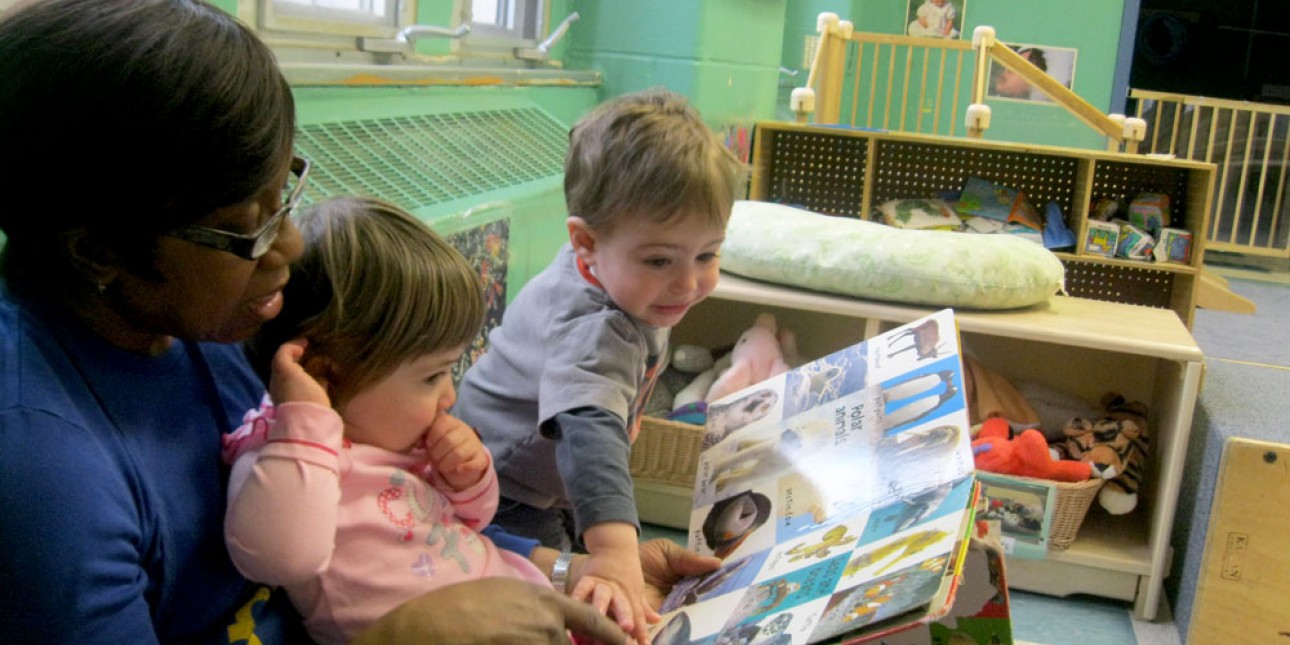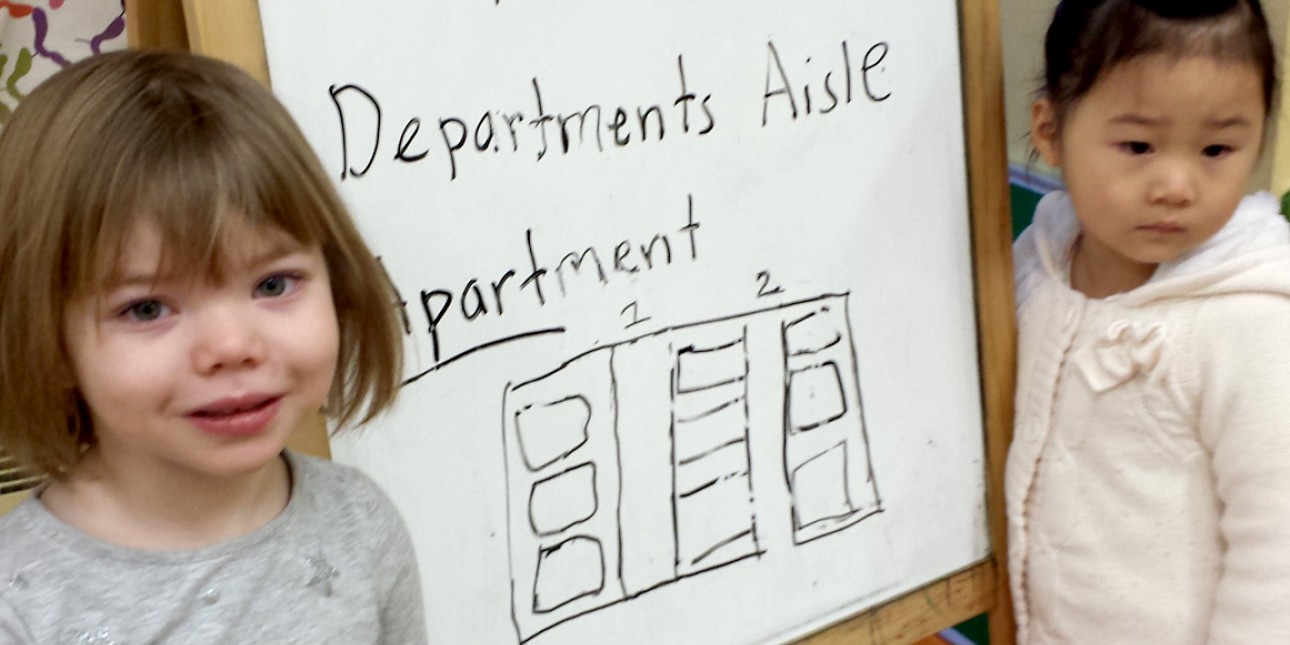In the Classroom: The Bumblebees

Buzzing with Books!
Infants and young toddlers appreciate books through touching, listening, and looking. Though they might not understand the meaning of the book, exploring them will help them learn.
Research shows that the most important thing a parent or teacher can do to help their child acquire language and instill a love of learning is to read to them (Russ et al., 2007). Reading stories to young children supports their development in so many ways. Yet, many people still do not understand the huge impact that this action has on the life of a child.
According to Men Fox, author of Reading Magic, reading should start at birth. Reading to an infant helps create brain pathways and lay the foundation for language development. A study by Keller and Just (2009) established that when a baby listens to someone reading, there is an increased activity in the brain as s/he is trying to retain spoken words to memory.
Research has shown that up to one-third of children entering kindergarten are underprepared to learn. Furthermore, studies indicate that a child who is a poor reader in 1st grade, will most likely remain a poor reader by the end of 4th grade (Juel & Leavell, 1988). Heckman (2006) found that while learning to read occurs throughout the school years, preparing children to read before they start school is better than helping them catch up later.
When you read to young children, you expose them to more than just words on a page; you demonstrate proper speech patterns, the basics of how a book is read (i.e., from left to right, top to bottom, etc.), and the excitement that reading can bring.
Classrooms
